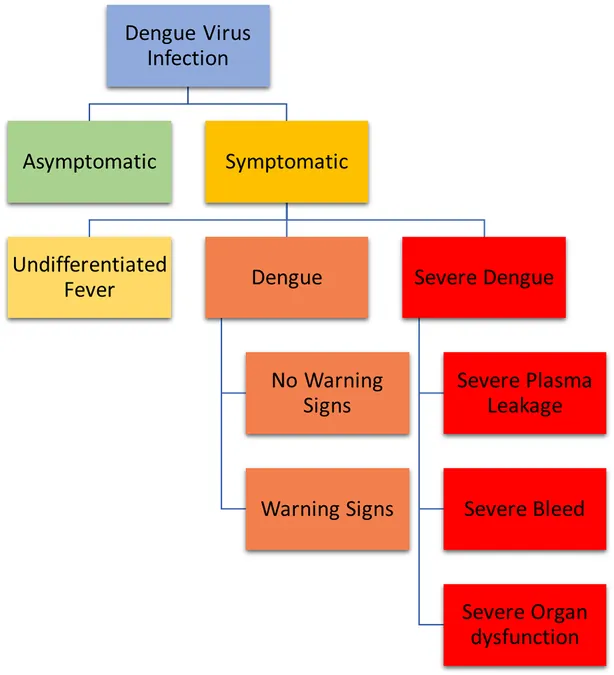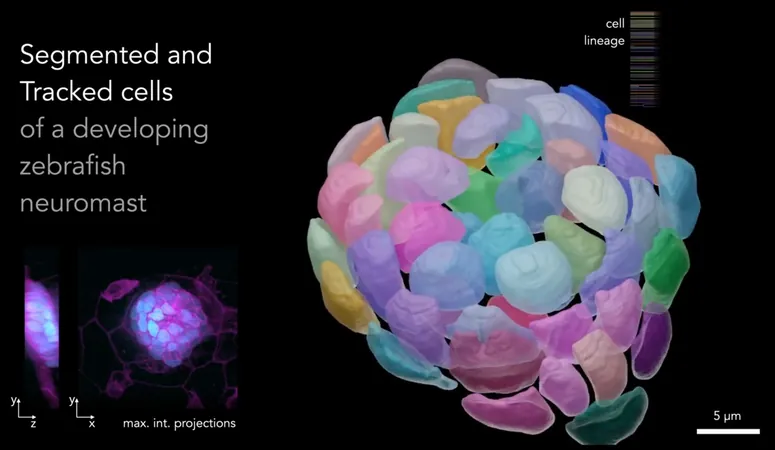
Revolutionizing Dengue Treatment: How Aptamers Could Change the Game
2025-08-29
Author: Daniel
Dengue Fever: The Global Threat
Dengue fever is an alarming health crisis, driven primarily by the rapid proliferation of Aedes mosquitoes, particularly Aedes aegypti and Aedes albopictus. In 2022, about 3.8 million dengue cases were reported globally, emphasizing the urgency for effective treatments.
The Challenge of Treatment
Dengue presents a complex clinical picture that ranges from mild symptoms to severe illness, sometimes leading to death. The World Health Organization (WHO) gives specific categories to streamline diagnosis and management. Most cases resolve on their own; however, a significant minority may develop life-threatening complications like severe dengue, which is marked by plasma leakage and bleeding.
Current treatment options are incredibly limited. There are no approved antiviral therapies specifically for dengue, leading physicians to focus mainly on supportive care to manage symptoms.
A Path Forward: The Promise of Aptamers
Enter aptamers—small, single-stranded DNA or RNA molecules that bind to specific targets, effectively mimicking the action of antibodies. Because they are significantly smaller than antibodies, aptamers can access targets that traditional therapies cannot reach and pose lower risks of triggering immune responses.
Current research highlights the potential of aptamers as therapeutic agents against the dengue virus, targeting various viral components, including proteins crucial for replication and infection.
Innovating Therapeutics: How Aptamers Work
Aptamers are produced using a process called SELEX (Systematic Evolution of Ligands by Exponential Enrichment), which involves iteratively selecting for the best-binding nucleic acid sequences. This methodology has led to promising candidates that could inhibit dengue viral replication.
Targeting Dengue Virus Components
Studies have already focused on developing aptamers against several crucial components of the dengue virus. These components include:
1. Capsid Protein
The capsid protein is essential for viral assembly and replication. Researchers have identified aptamers capable of interrupting its interactions with host cells, indicating their potential as antiviral agents.
2. Envelope Protein (E) and Its Domains
The envelope protein facilitates viral entry into host cells. Targeting its domains has revealed several potent aptamers that might neutralize the virus effectively.
3. Methyltransferase
This enzyme is crucial for viral RNA cap formation. Aptamers targeting methyltransferase have shown promising results in inhibiting its activity, underscoring their potential to block dengue virus replication.
Overcoming Obstacles in Aptamer Development
Despite their potential, aptamers face challenges such as stability in vivo and efficient delivery to infected tissues. Chemical modifications and carrier systems are being explored to enhance their therapeutic efficacy.
A Bright Future for Aptamers in Dengue Treatment?
While conventional dengue treatments remain inadequate, aptamers could pave the way for innovative antiviral strategies. The ongoing research and clinical trials are pivotal for moving these promising therapies from the lab to the clinic.
In conclusion, aptamers present a revolutionary avenue for treating dengue fever that could significantly improve patient outcomes if challenges can be overcome. As research progresses, the global fight against this devastating disease may gain a powerful ally.


 Brasil (PT)
Brasil (PT)
 Canada (EN)
Canada (EN)
 Chile (ES)
Chile (ES)
 Česko (CS)
Česko (CS)
 대한민국 (KO)
대한민국 (KO)
 España (ES)
España (ES)
 France (FR)
France (FR)
 Hong Kong (EN)
Hong Kong (EN)
 Italia (IT)
Italia (IT)
 日本 (JA)
日本 (JA)
 Magyarország (HU)
Magyarország (HU)
 Norge (NO)
Norge (NO)
 Polska (PL)
Polska (PL)
 Schweiz (DE)
Schweiz (DE)
 Singapore (EN)
Singapore (EN)
 Sverige (SV)
Sverige (SV)
 Suomi (FI)
Suomi (FI)
 Türkiye (TR)
Türkiye (TR)
 الإمارات العربية المتحدة (AR)
الإمارات العربية المتحدة (AR)